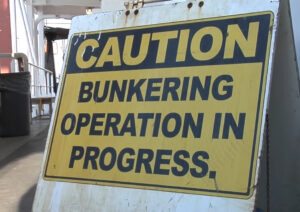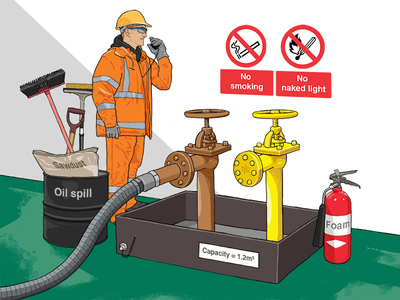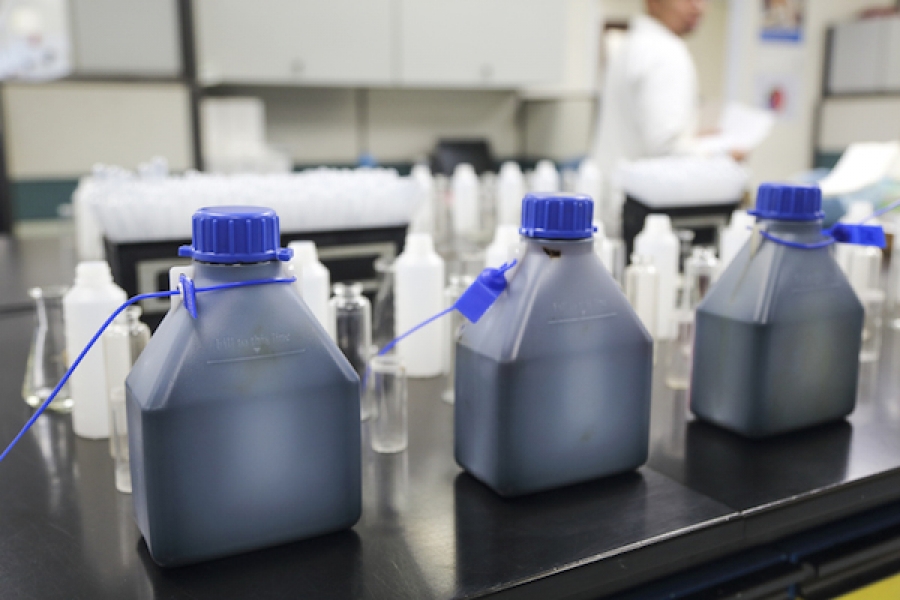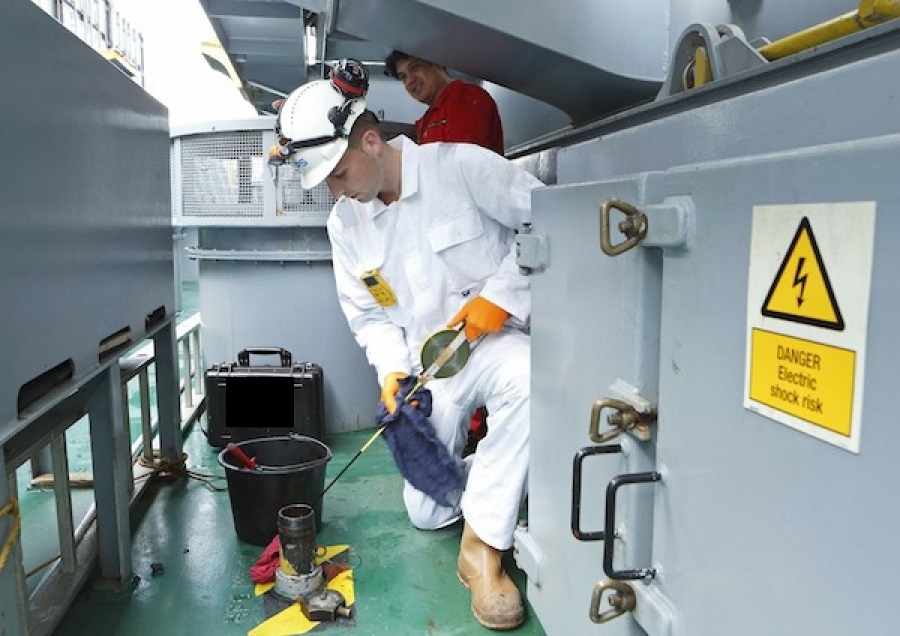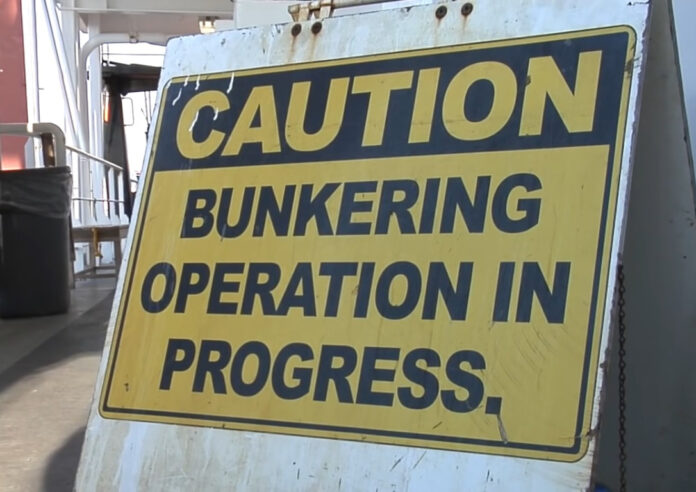
Good fuel management involves more than just buying fuel from anywhere and somehow putting it to engine use. The main benefit of managing fuel lies in optimizing the energy it contains without harming engine parts. Whether it is for pre bunkering procurement or post bunkering handling, management should have policies in place and monitor their compliance. Here are some tips which can make a fuel management mission easier to accomplish:
Buy good fuel
To begin with, the quality of bunker fuel must be within specification so that on board treatment can make it "FIT FOR USE" at the engine inlet. There is online a vast number of test results obtained from bunker samples taken from ports all around the world. These unique statistics will enable buyers to assess fuel quality per port and supplier and as such will assist in the process of purchasing fuel. Despite this thorough approach, buyers should remain vigilant and ensure the quality of the fuel as delivered is known through analysis.
Follow bunkering rules
The samples drawn during the bunkering operation must be representative of the fuel delivered to the ship. Preferably, samples should be taken at the ship's manifold, throughout the bunkering. An unrepresentative sample might be misleading and impede the appropriate fuel treatment on board which could cause engine damage. In addition, compliance with local and global regulations is of great importance. For example, if the seal number of a sample is not recorded on the Bunker Delivery Note, the results obtained from it will not be recognised by the Port Authority in Singapore.
Analyze in a reputable lab
Today, it is unthinkable to use fuel without an independent third party analysis and verification of the quality. Verification in a sub-standard lab however can compromise the accuracy of the results. Strict procedures are to be adhered to in order to ensure that the analysis is carried out as detailed in the method and performed on a homogeneous representation of the fuel. Fuel treatment based on inaccurate test results will not reflect the true efficiency of the plant and might result in harmful components damaging engine parts. For example, cat fines (Al+Si) above the engine maker's recommended limit will cause accelerated wear and can ruin an engine within a short period of time.
Do more than routine analysis
Routine analysis as per ISO 8217 tables 1 and 2 only cover the very basic characteristics of fuel. To understand qualities such as ignition and combustion characteristics or to detect the possible presence of harmful chemical contaminants, a more in-depth analysis is required. Although the ISO 8217:2012 does include a limit for the Calculated Carbon Aromaticity Index (CCAI); this may not be the true ignition quality of a fuel. Operators are therefore recommended to verify this quality through an ignition and combustion analyzer (FCA) using IP 541. There is no specific chemical screening test in the ISO 8217, but the operators can perform a Gas Chromatography-Mass Spectrometry (GC-MS) analysis to safeguard the vessel, crew and environment. VPS uses in-house methods and analytical capabilities for chemical screening which ranges from screening by head-space to in-depth analysis such as GC-MS on vacuum distillate and GC-MS on acid extract and esterified acid extract. In-depth tests like these make fuel safer to use and minimize the risks of running into fuel quality related difficulties and downtime.
Check system sample
Although analysis of a representative sample drawn during bunkering gives a good indication of the quality of the fuel as delivered, it does not say anything about the quality of the fuel as it enters the engine. Before entering the engine, the fuel is stored in tanks and undergoes various forms of treatment such as settling, centrifuging and filtering. Testing samples taken from the system offers the operator an insight into the efficiency of the fuel treatment and the quality of the fuel entering the engine. Performing these system checks regularly with proper documentation of the results, helps the operator identify the root cause in the event of a damage investigation. In addition, knowing the actual efficiency of the fuel treatment may assist in making decisions on usage should the vessel receive bad quality fuel, for example, fuel with an elevated Al+Si content.
Identify root cause
Corrective actions without identifying the root cause leaves a high chance for damage to recur. The investigation scope should therefore be widened to areas such as housekeeping, operating efficiency, procedures, machinery condition, and machinery running condition when the cause for damage is unclear. A bad fuel will likely cause damage, however whether it is the sole cause is a matter of investigation. Exercising due diligence is critical as concealing facts will only jeopardize the investigation and the root cause will remain hidden.
Train your crew
Competence is key for good fuel management. Poor handling of fuel and machinery will ultimately cause damage even though the quality of the purchased fuel was acceptable. On the other hand, a fuel that is out of specification may be effectively treated through proper handling to make it "FIT FOR USE" and burn safely. Fuel quality can change from "good to bad" or "bad to good" as ships bunker new batches of fuel, but the crew's competence can only be changed by training. Without proper training and knowledge of handling fuels, fuel related problems will not go away. Buying fuels from trustworthy suppliers, analyzing in reputable labs and following the technical recommendations are the very basics of fuel management. Analysis of bunker samples and system samples is far more cost effective than costly engine repair or debunkering a bad fuel. Similarly, it is cheaper to carry out periodic machinery maintenance then breakdown repair. The investments in training will result in less downtime and a safer work environment with its effects entrenched in the company culture for a long time. Provide good training to help crew members achieve a good fuel management culture.





